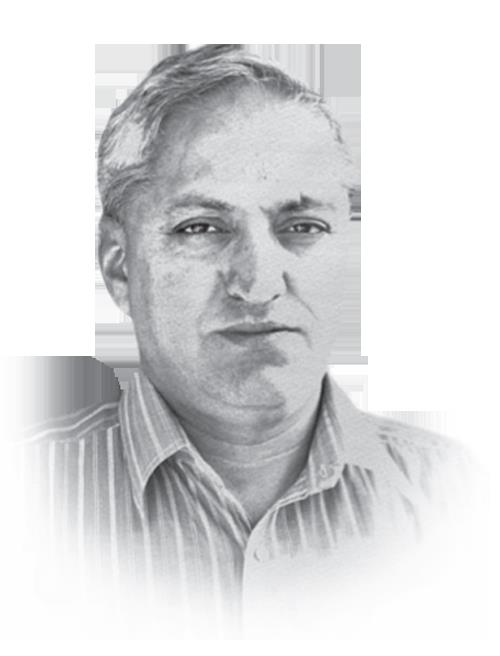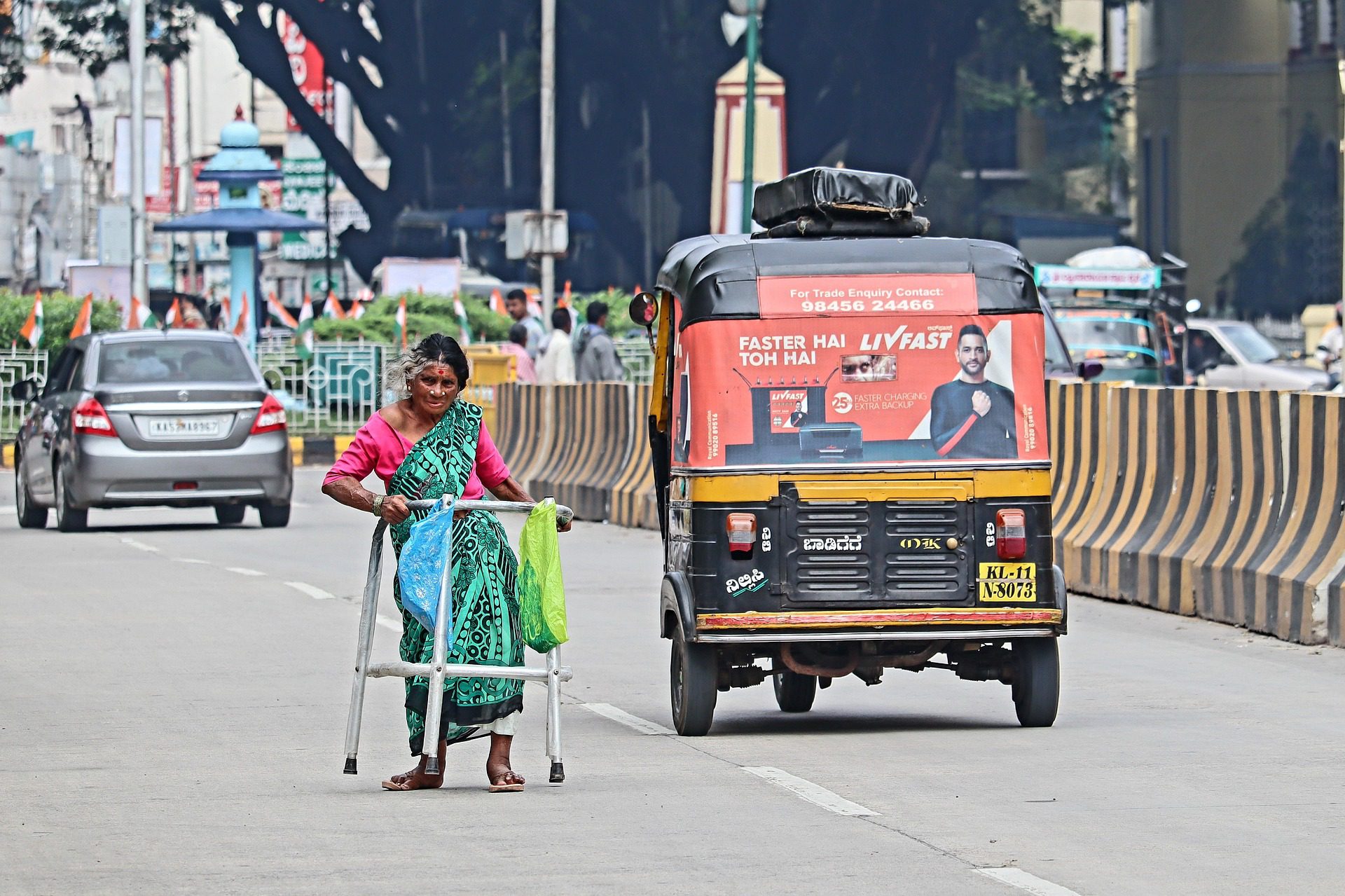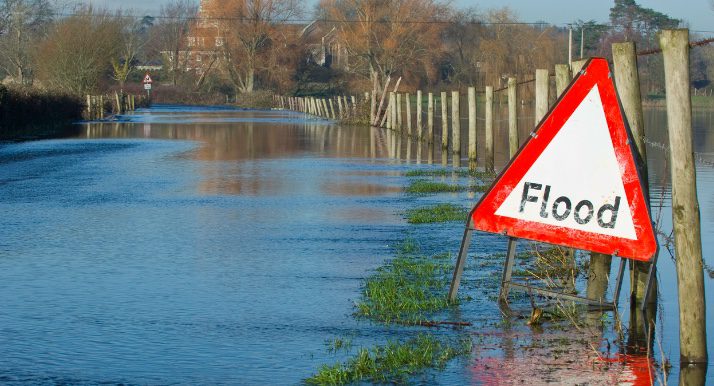
The transborder smuggling of humans, though a criminal activity, has been flourishing for years. Even now, as the global economy struggles with inflation or recession, the amount and frequency of human trafficking has been rising at a breakneck speed.
A report released last week by the UN Office on Drugs and Crime said there was mounting evidence that climate change was increasing vulnerability to trafficking. The report was based on analysis of data from 141 countries around the world from 2017 to 2021. It says that community-level studies in different parts of the world pointed to weather-induced disasters as root causes for human trafficking.
Human trafficking’s fortunes seem to improve whenever the world is in turmoil. And this is what has been happening over the past few years.
With incidents of extreme weather conditions increasing, such as the prolonged droughts that have hit sub-Saharan Africa, the massive floods that have ravaged South Asian nations including Pakistan, or the erosion of coastal areas in countries including Bangladesh, tens of millions of people have been forced to move from their homes and are displaced either within the country where they live or, as has been happening more frequently, fall prey to human traffickers who promise them a permanent solution and a blissful future in the developed world. The UN says that, in 2021 alone, climate-related disasters internally displaced more than 23.7 million people, while many others fled their countries.
The UN office noted that an increase in cases of human trafficking had been observed in Bangladesh and the Philippines after devastating cyclones and typhoons displaced millions. Droughts and floods in Ghana and the Caribbean region, which is increasingly prone to severe hurricanes and rising sea levels, have also led to people abandoning their homes and migrating.
Another category of people who are forced into moving out of their homelands are the victims of civil wars and prolonged armed conflicts. Unfortunately, these have often happened in the same areas which have been hit by rising incidents of climate change, with the Middle East, Africa, and South and Southeast Asia being the location of some of the most violent and long-running armed conflicts. These have also driven millions to head for foreign shores, seeking to escape the bullets and bombs in their backyards and settle in peaceful countries where they can find employment and restart their lives.
Unfortunately, in both cases — climate change and armed conflicts — the vast majority of people who are worst-hit are from the poor and marginalized sections of these societies. While the people who are better off are generally able to escape the worst of climate change or conflicts, the poor remain highly vulnerable and hence are over-exposed to human trafficking gangs.
The global community needs to improve coordination among various arms of government to map out areas which may be most vulnerable to climate change.
Ranvir S. Nayar
Also, increasingly, armed conflicts are being caused or made worse by climate change. Note the conflicts between various tribes over land holdings in many African nations where climate change has begun to render large tracts of land unfit for agriculture or cattle rearing. There are hundreds of small, but sustained, armed conflicts that have been going on for over a decade in Africa. With droughts or floods impacting larger areas more severely, these conflicts will only become more common in the future. And they could spread out of Africa, with Asia and the Middle East being among the most likely regions for this vortex to hit next.
This will be music to the ears of human trafficking gangs across the world, as it assures them of a long line of confirmed customers (or, rather, victims) for decades to come. But it is not just the displaced who are victims of human trafficking. The countries that end up receiving these millions of displaced persons also suffer from the ill-effects of such unplanned and disorganized migration, which fuels societal friction and puts enormous strains on the economies of the recipient countries, even if they are amongst the richest nations of the world.
But the world need not be a helpless victim of human traffickers. So far, the international community has failed to act in a coordinated fashion to counter these gangs and, in many cases, some countries, notably the European nations, imagined that just by funneling a few million euros or buying some modern weaponry and gadgets for local police forces in the countries that are the source of these migratory flows, or lie along the migration routes, can solve the problem. But, more often than not, the police forces in these countries are not only completely ill-trained and ineffective, but are themselves in cahoots with the human trafficking gangs, who share their ill-gotten wealth with them.
Instead of patchwork solutions, these challenges require the adoption of holistic approaches — whether that is taking adequate measures to mitigate the impact of climate change or helping communities vulnerable to climate change adapt. These measures are in consonance with the commitments that rich nations have made for decades in terms of funding poorer countries to help them deal with climate change — which has been caused for the most part by the developed economies of the world.
The global community also needs to improve coordination among various arms of government — be it law enforcement or social services — to map out the areas which may be most vulnerable to climate change and/or armed conflicts — which can often be transnational — and then come up with a joint plan to help communities prepare for climate change and protect themselves from falling victim to the traffickers.
• Ranvir S. Nayar is managing editor of Media India Group.












